Replicas in 2 patterns of shades of gray sheathed in 2 models that target the new generation of Genesis' youngest siblings!

In April 1985, YAMAHA released the 4-cylinder FZ250 PHAZER to put a stop to the popularity of the VT250F released by its nemesis Honda in 1982: the first four-valve design in its class with a small bore diameter of only 48 mm for a 4-cylinder, the cylinder tilted forward at 45° and straight down from a downdraft carburetor. It is a super-ambitious work equipped with a Genesis engine with straight intake. Maximum output was 45 PS, the same as the peak power available from a 2-stroke 250, and the engine produced power at an extremely high rpm of 14,500 rpm, with a truly metallic sounding exhaust note that revved up to 16,000 rpm, keeping fans on their toes.
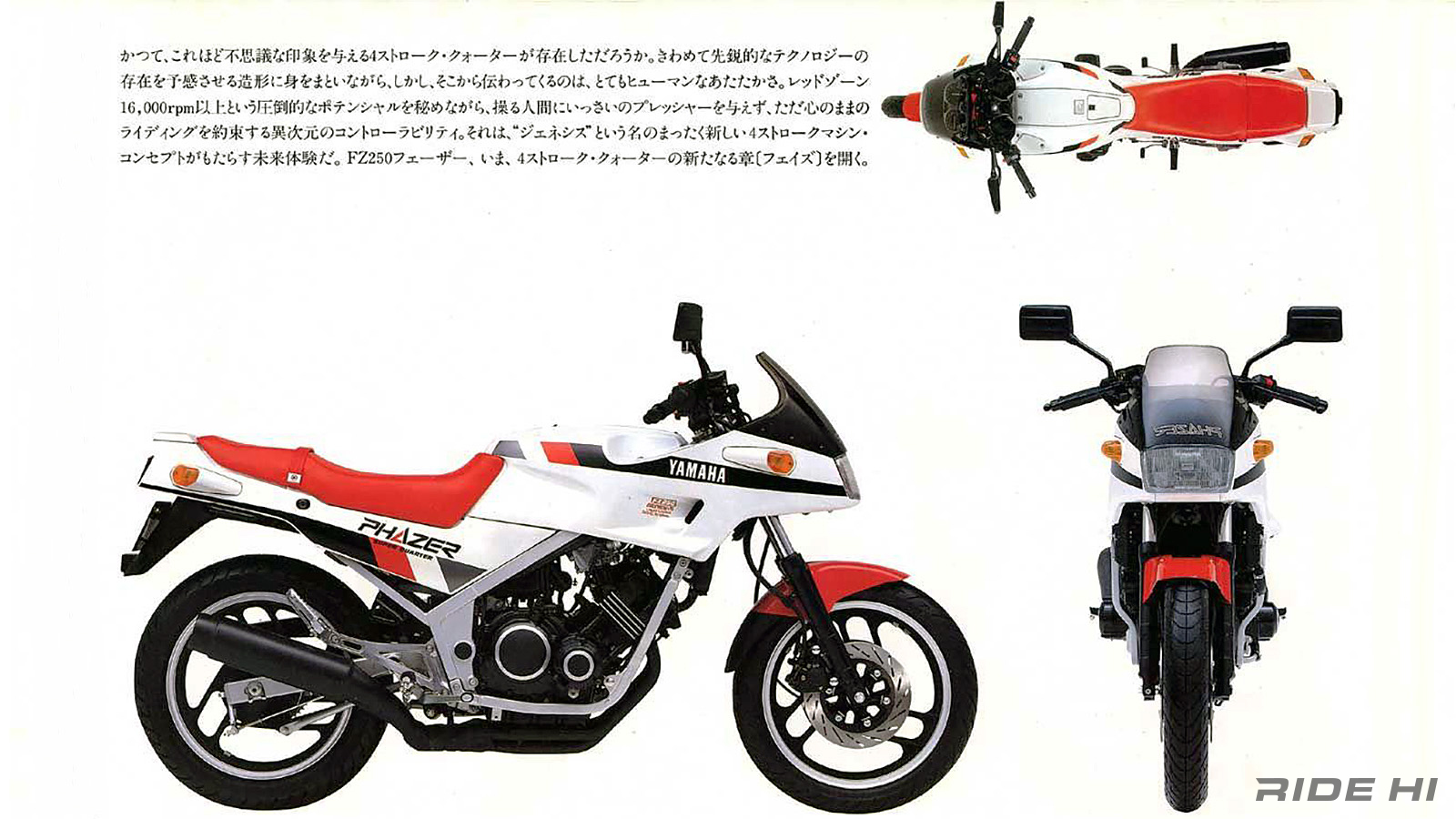
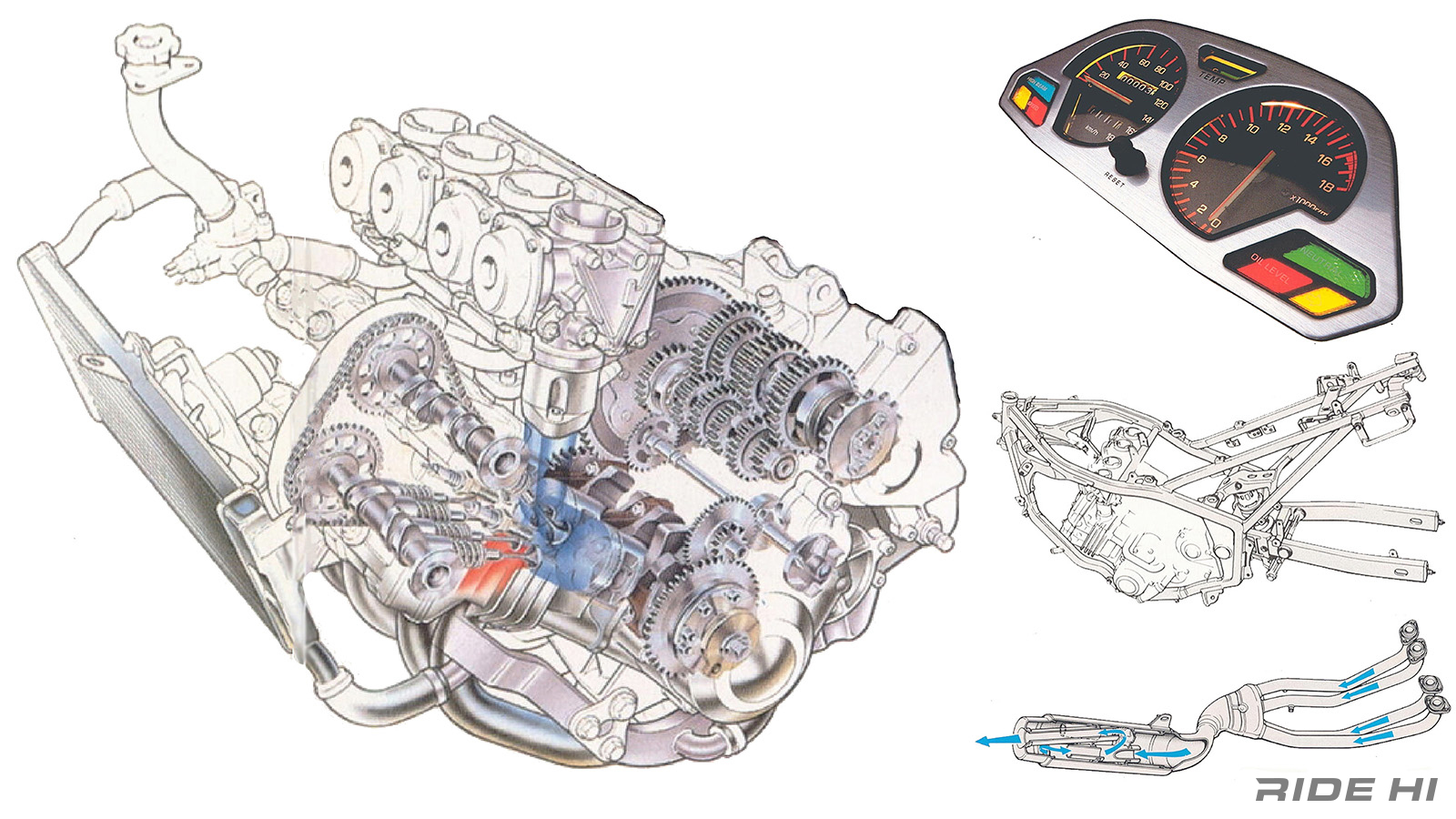
However, YAMAHA decided that even with its high performance, the 250cc user was not looking for a racy motorcycle, but rather a new-generation concept that could be used for a wide range of activities, from city riding to touring, and so they decided to create a sportsbike with an unconventional style, as shown here. However, users did not jump at this brand new form, but rather were eager for YAMAHA to have a replica of the same model as its rivals. Then, as if it had been prepared under the radar, the FZR250 debuted with the same form as the FZ400R, which had been a big hit since 1984.
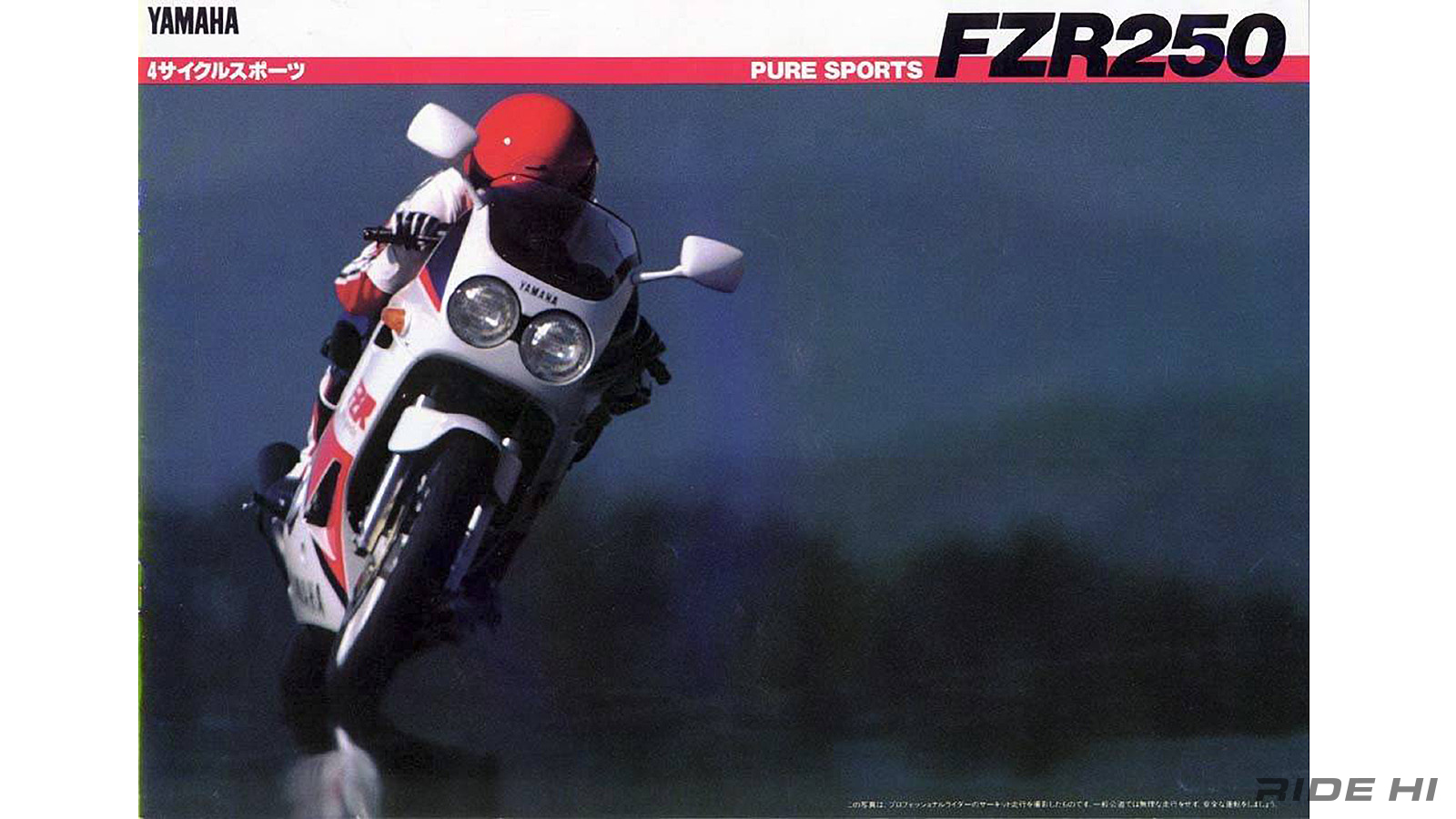
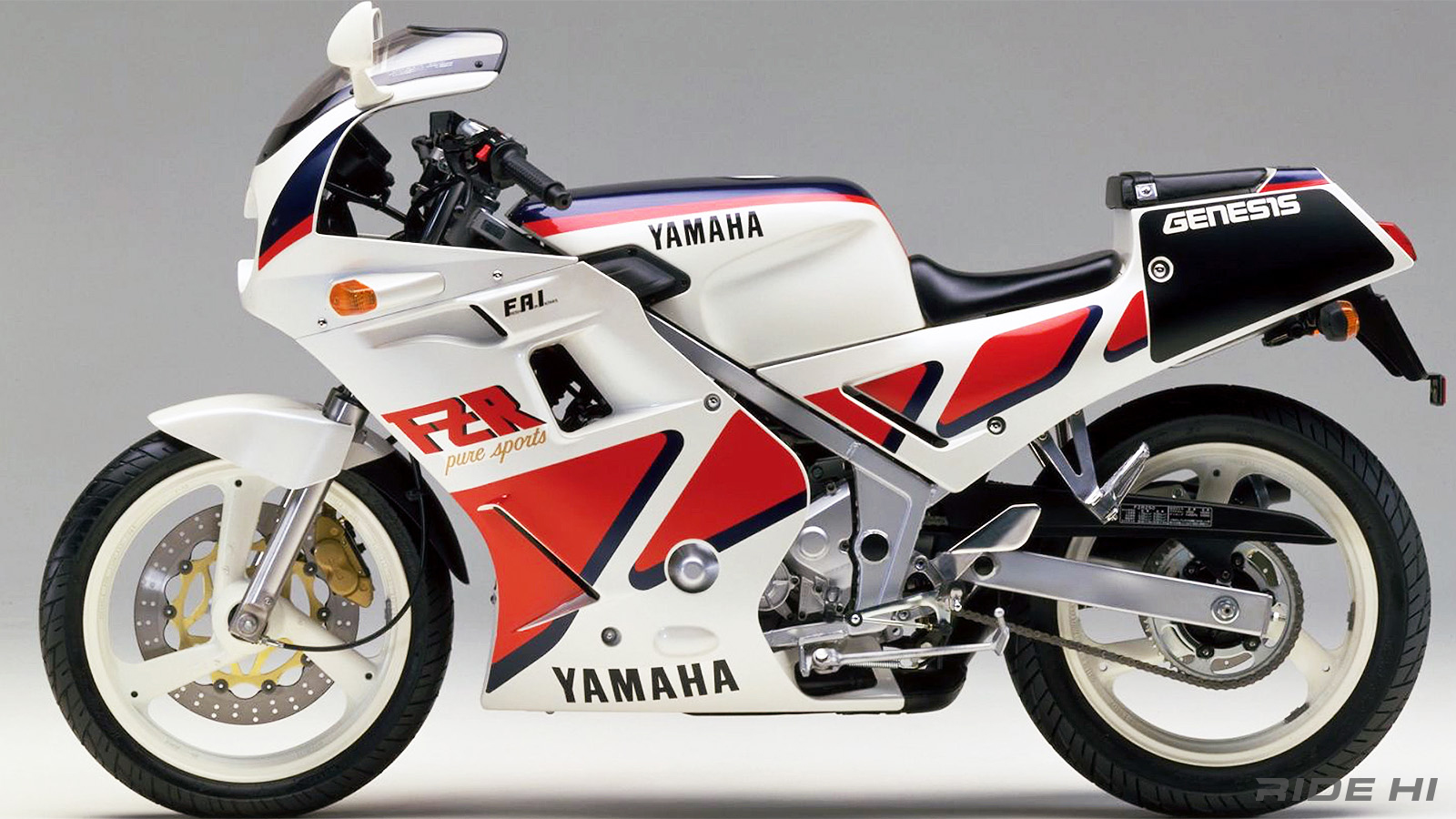
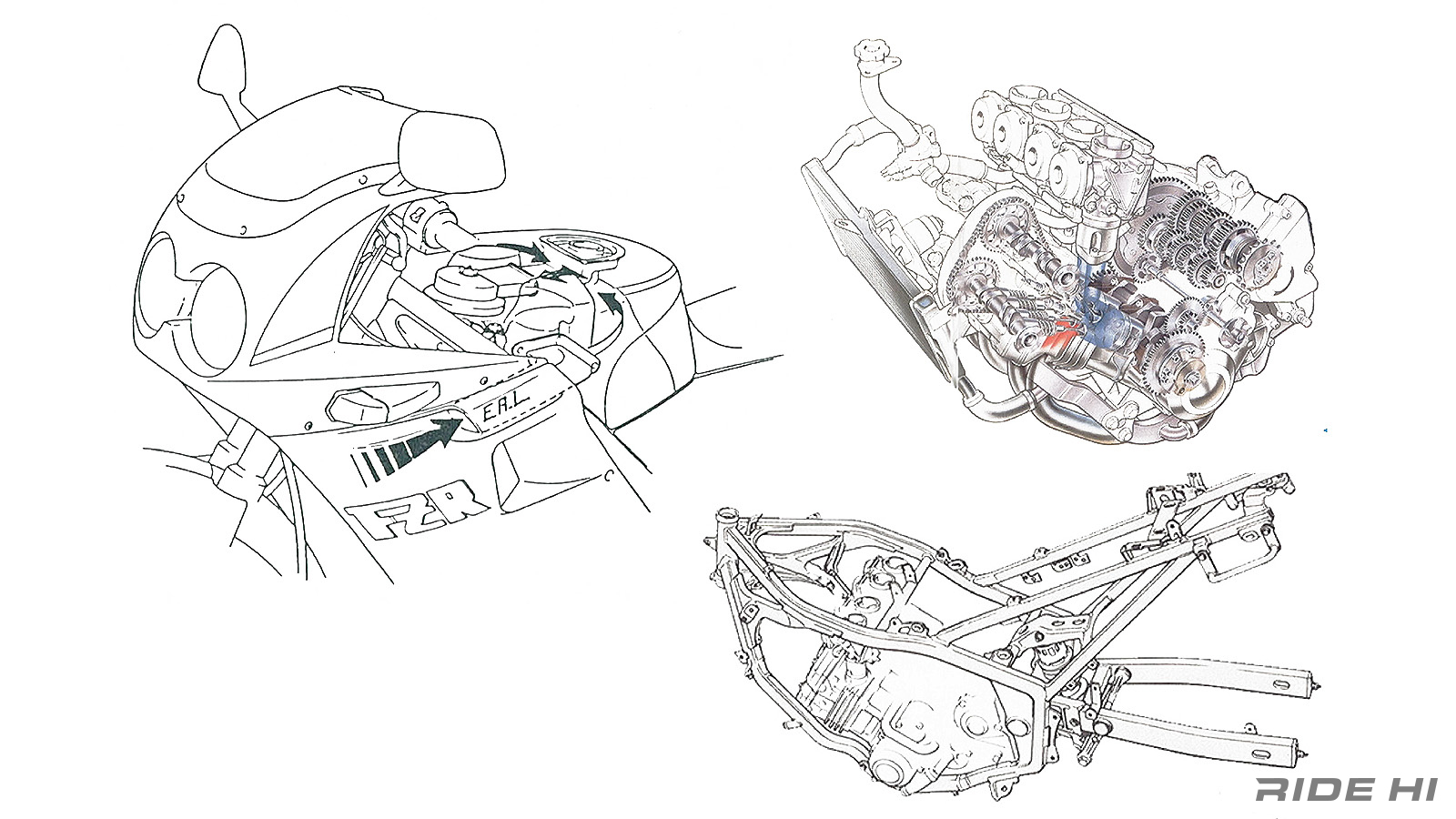
It is no wonder that PHAZER had already been developed in a package suitable for supersports, from the engine to the square-section double-cradle frame, so it was put together in a form similar to that of the FZ400R, only the exterior was changed (with further improvements in various characteristics, of course). Many people, including 250 users who had longed for the FZ400R, jumped on board, and it quickly became the most popular model in its class.
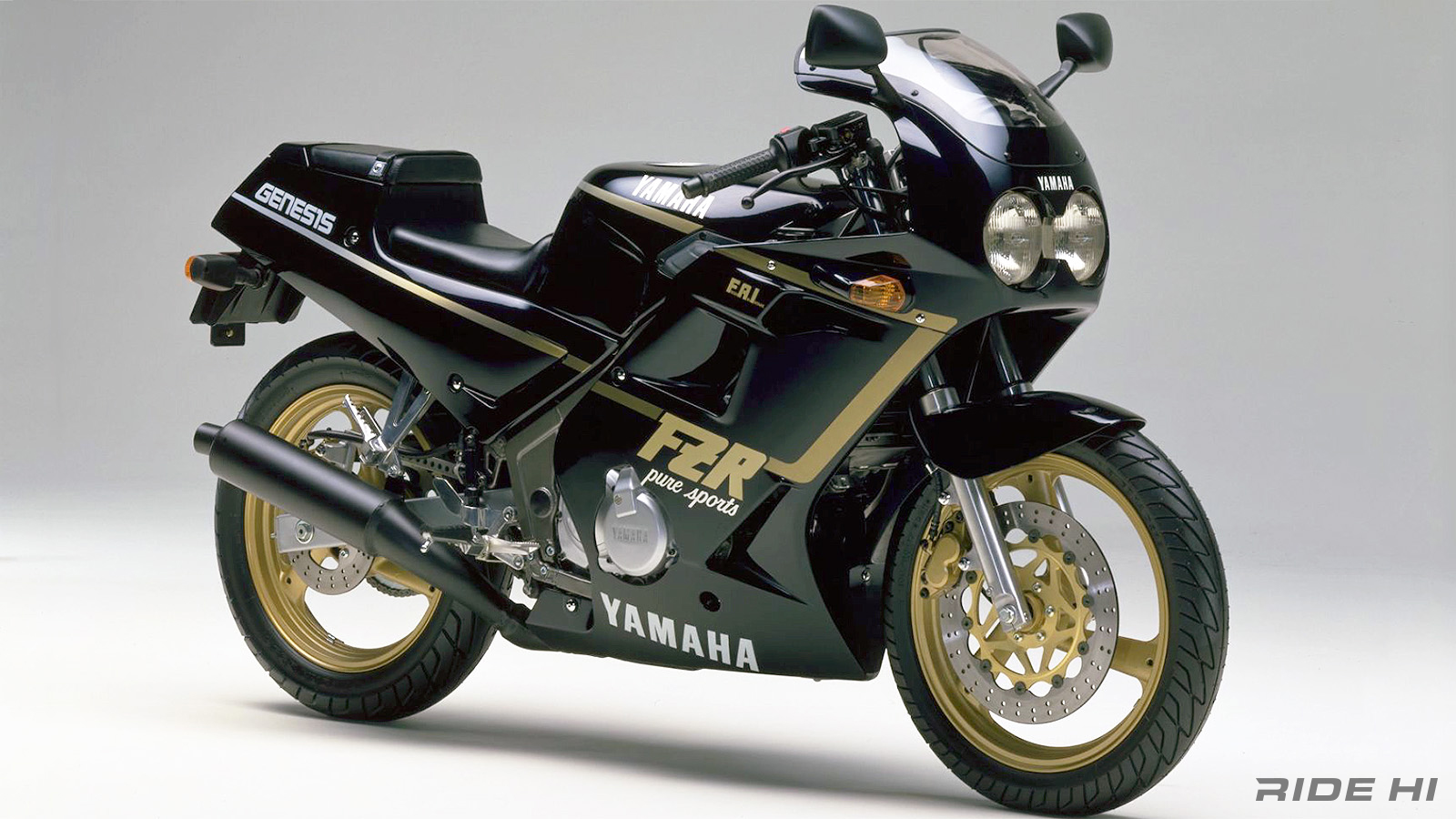
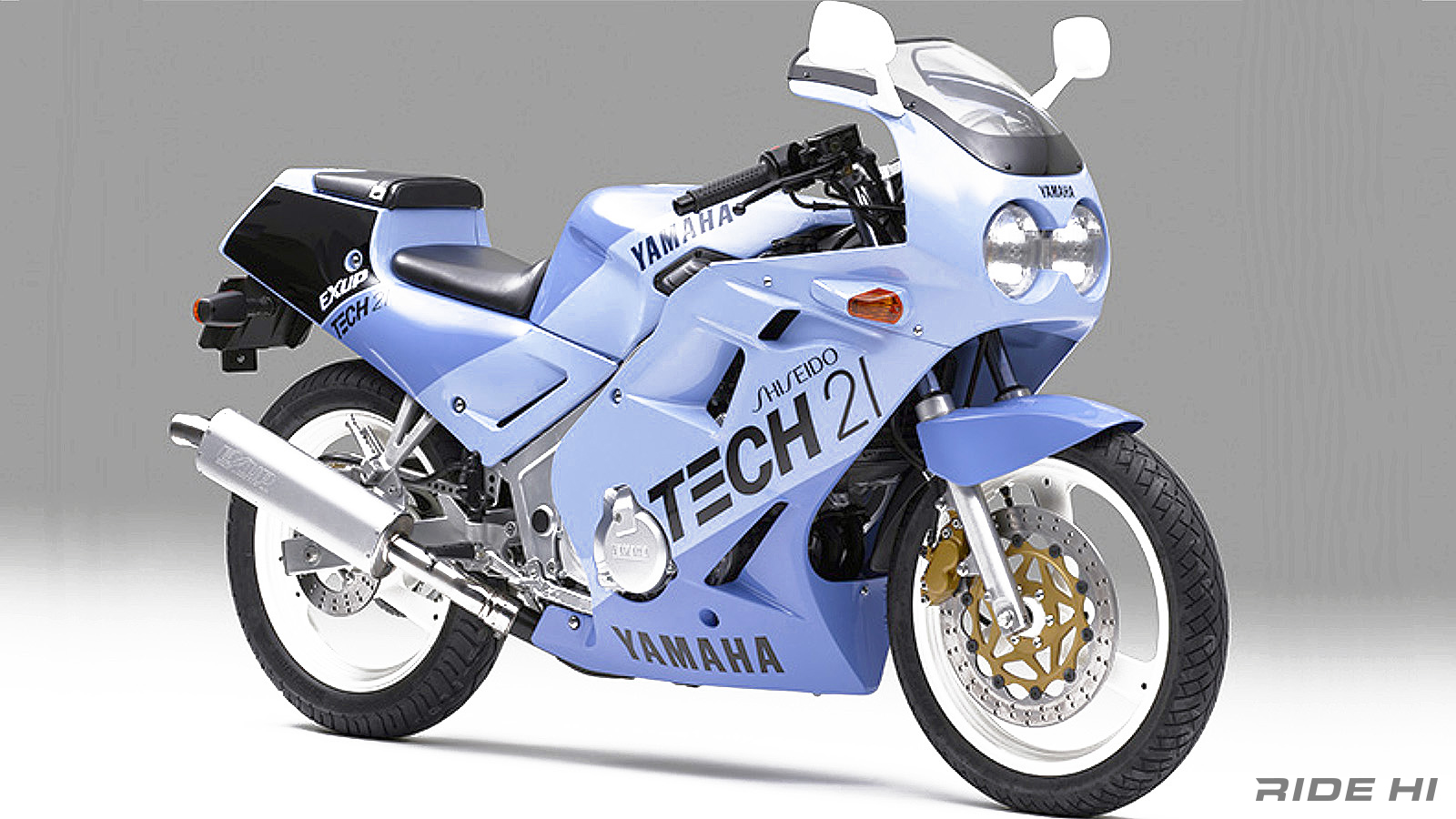
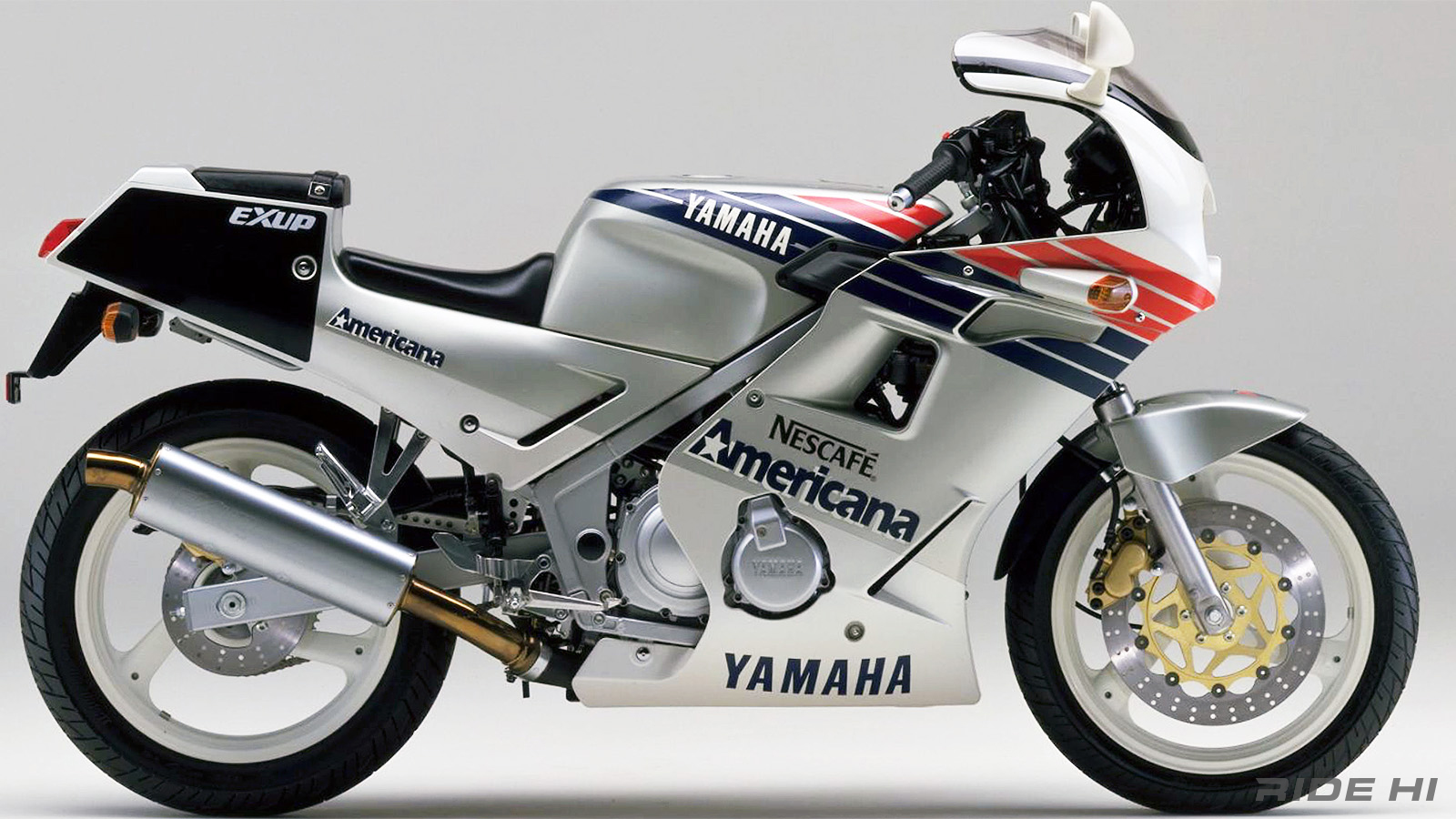
The reaction unique to the 250cc class was that not only the racy paint scheme of the YAMAHA factory model was the most popular, but rather black, dignified, and mature fashionable graphics tended to be preferred. Furthermore, with the excitement of the Suzuka 8 Hours, limited edition models in the colors sponsored by Shiseido Tech 21 and Nescafe also appeared, attracting a lot of attention.
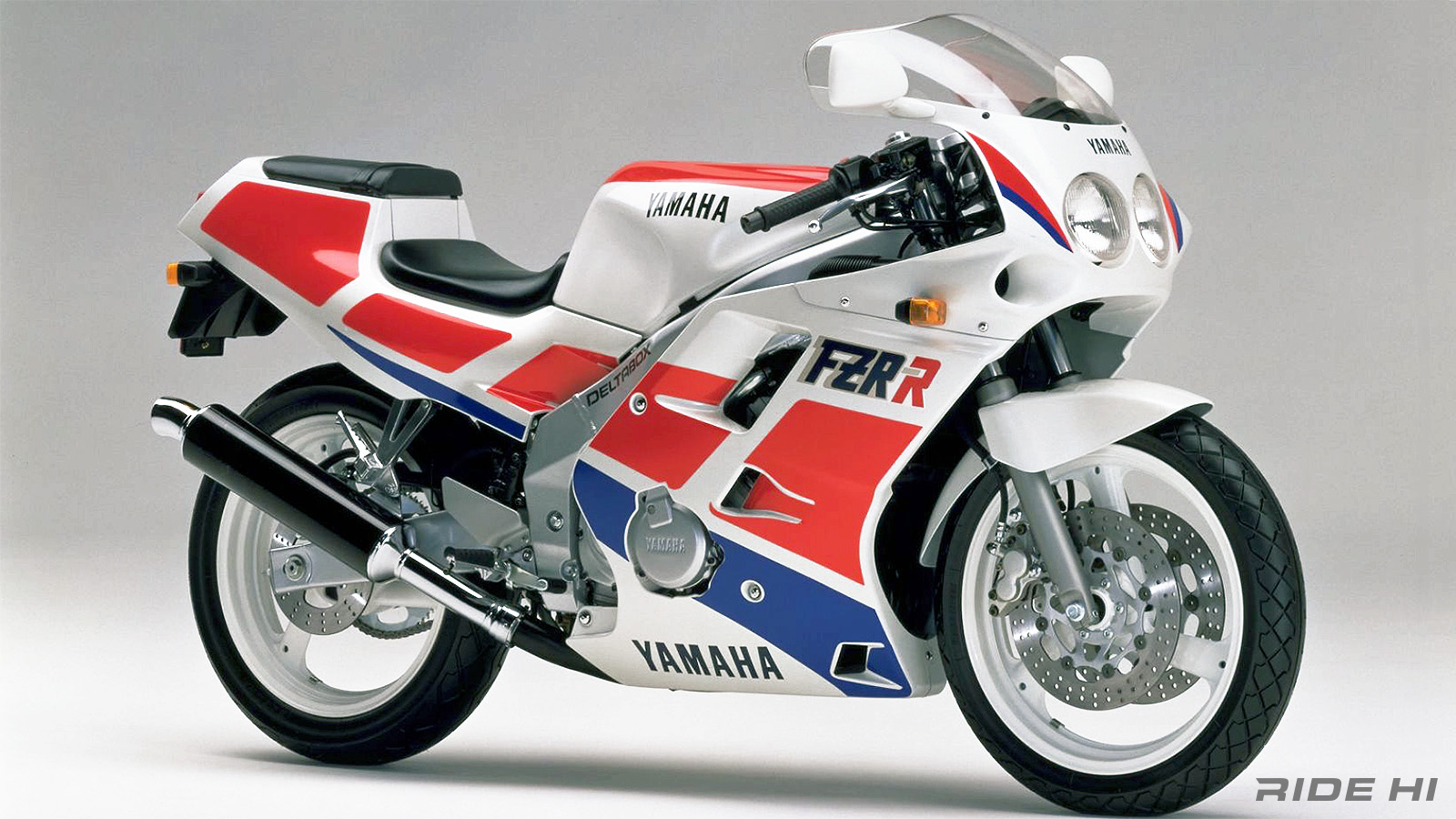
However, as TOP's popularity escalated with rivals all using aluminum frames and other replicas, YAMAHA also decided to respond, and at this point, the company achieved a luxurious evolution that incorporated the know-how cultivated in the 400cc class.
The delta box used on the FZR250RR was an advanced design that achieved a good balance of strength in the right places and light weight, which could not be imitated by other twin-tube models that used pultruded aluminum materials, which were assembled by welding aluminum steel plates. The Exup, which was adopted in the late model of the previous model, was also equipped with a variable electric buffer for the exhaust system, and together with the bodywork, all the know-how of a series of 750-1,000 cc replicas was incorporated.
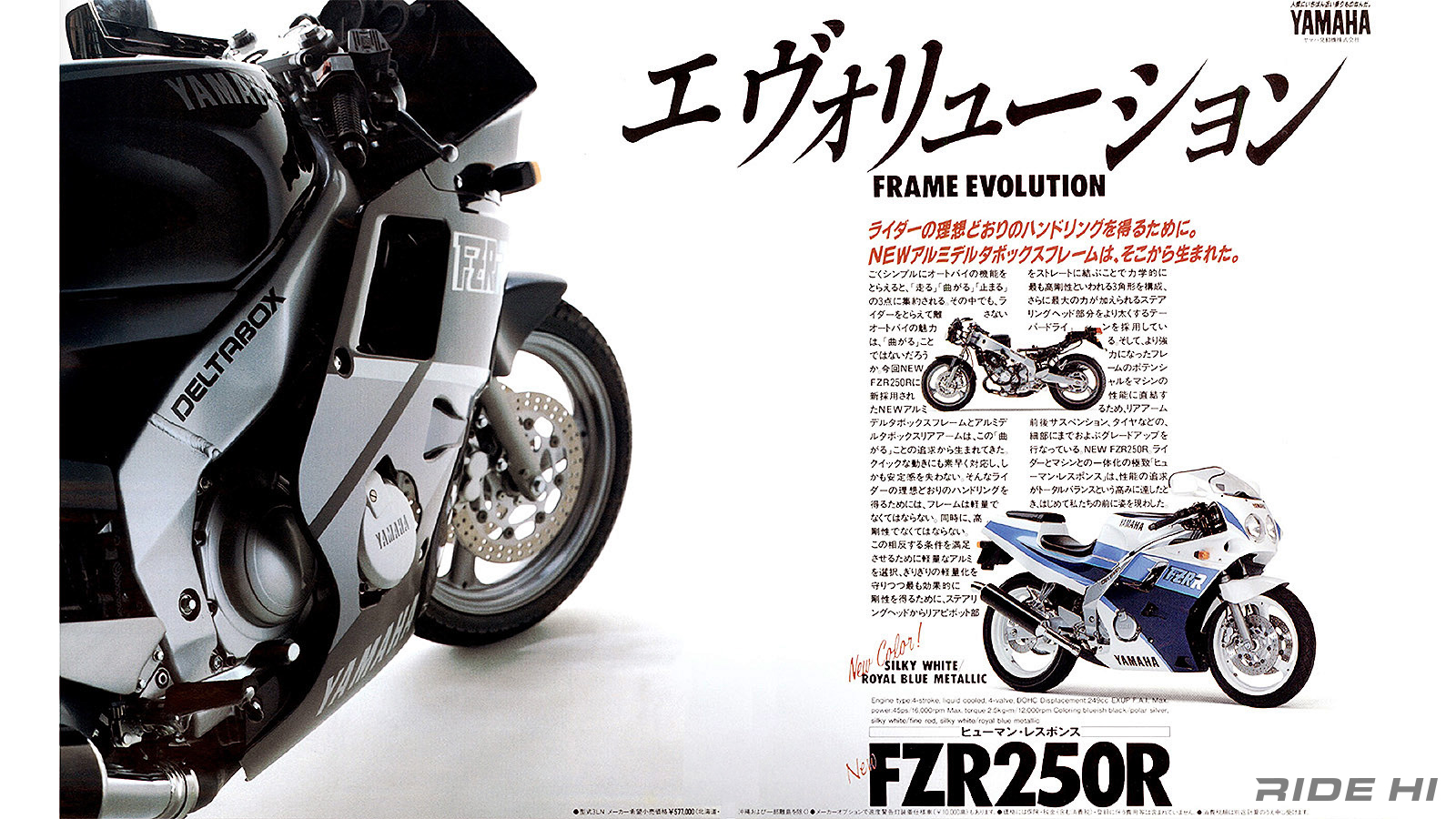
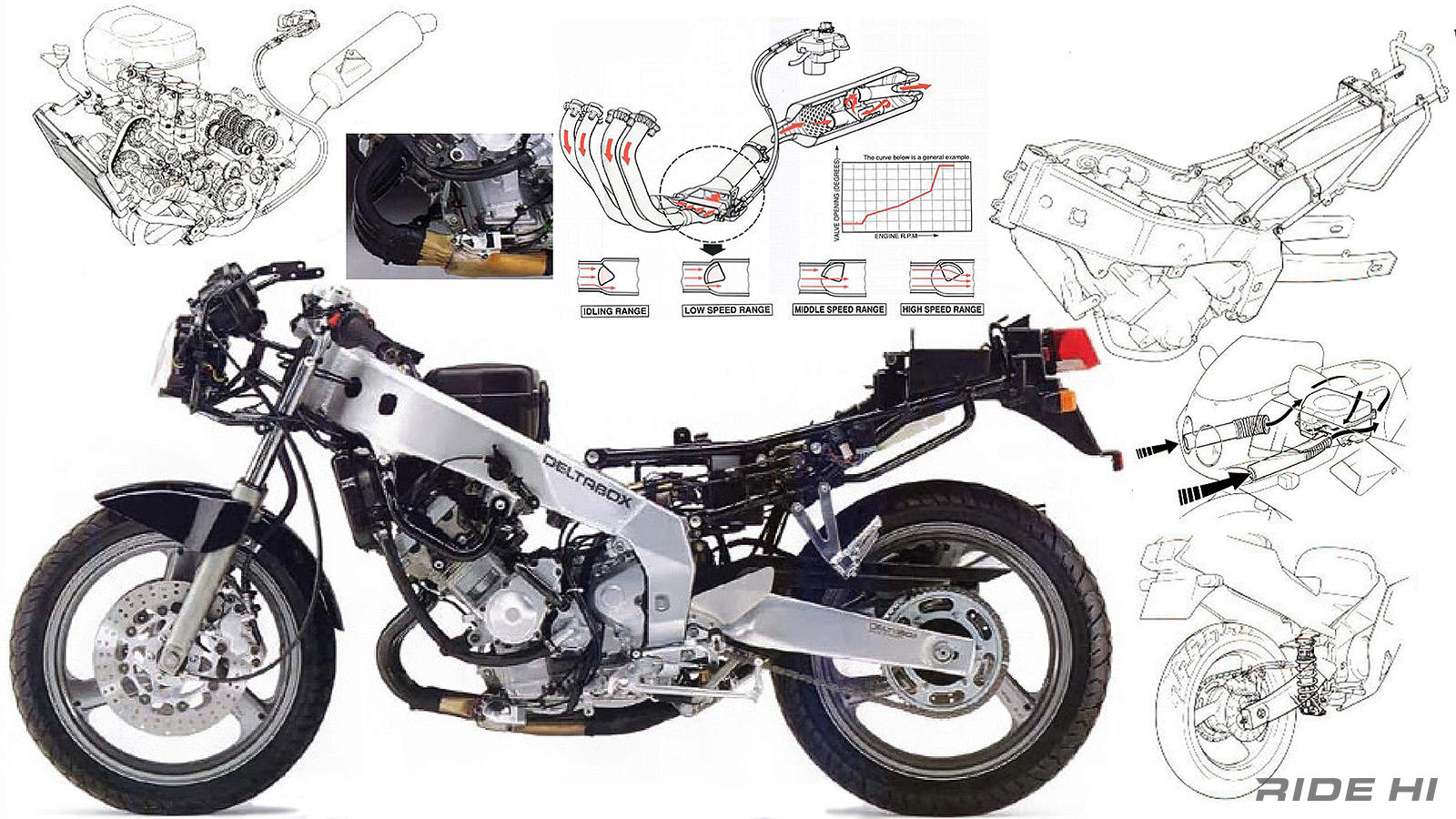
However, at that time, replicas were already becoming more and more advanced, and users could no longer keep up with the extreme price hikes, and the trend began to cool down quickly. Even so, the delta box frame followed the evolution of the FZR400R by increasing the thickness of the plate, and the perfection level of the last replica was raised without any hesitation.
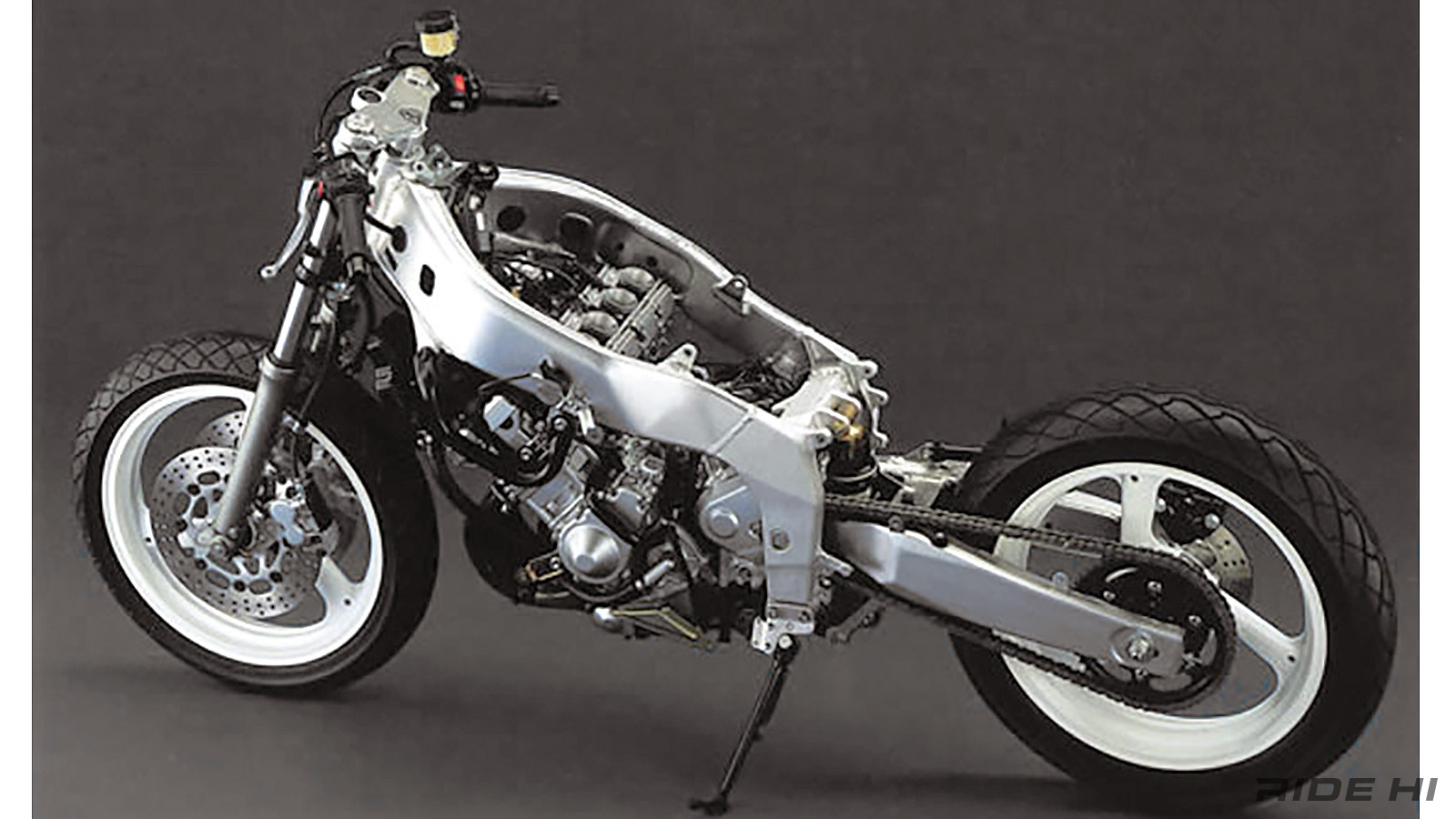
The FZR400R had a slanted front cowl and a new face with a double-lens headlight that could fit in one case instead of two round lights, and the FZR250R underwent a model change to follow suit.
The engine, however, was replaced with the mid-range torque type that had been installed in the ZEAL since 1991, which was easy to use in town, with an emphasis on mid-range speed.
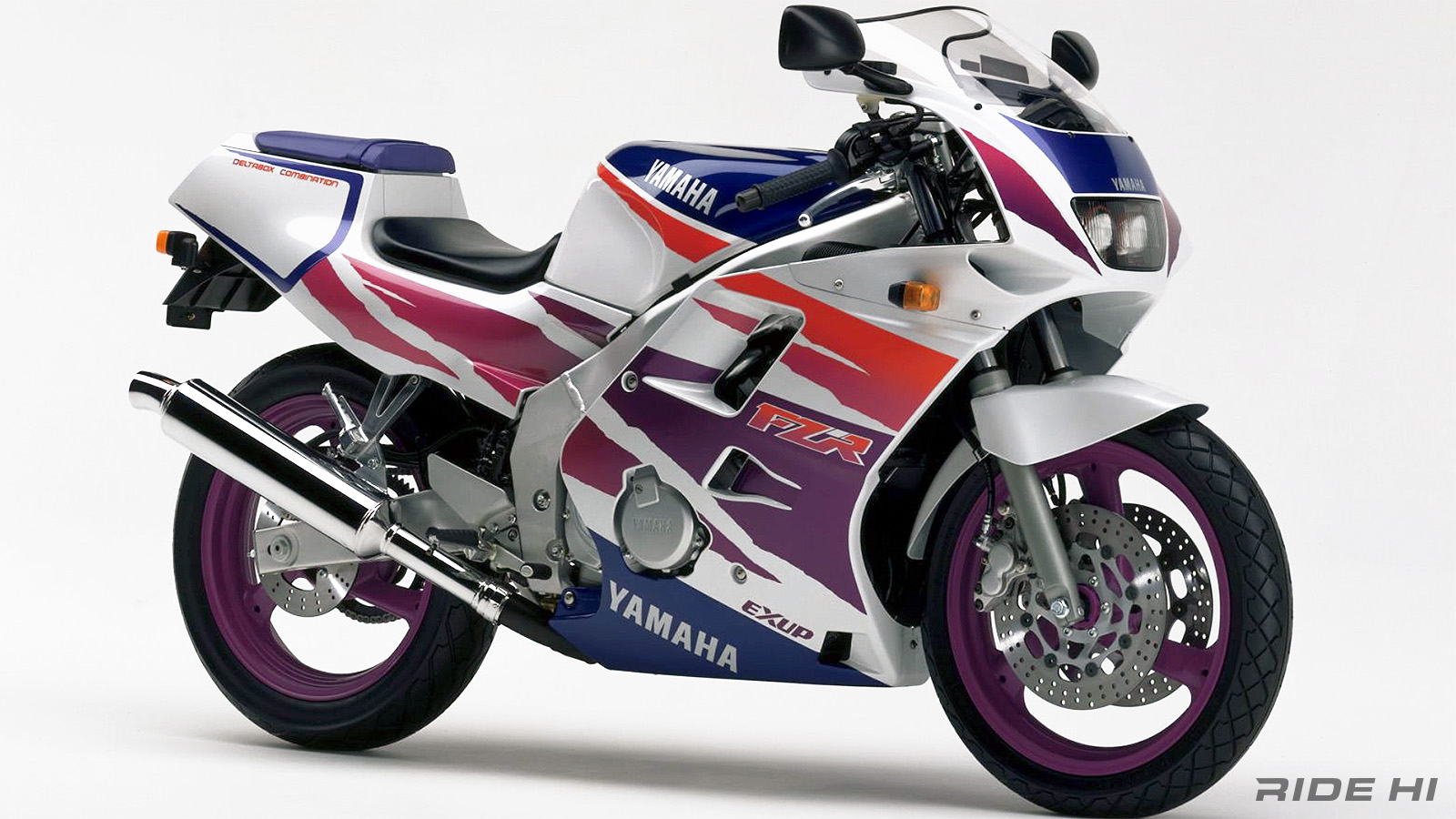
As with the ZEAL and PHAZER, YAMAHA's anti-replica concept has deep roots, and when it appeared that replica fever was about to die down, the company took up the challenge of creating a completely casual form. At first, the advertisements used popular young celebrities to create a college campus-like atmosphere, but the 250cc class was actually wider in age range than the 400cc class, and the age range diverged from the reality of being older. The trend of finishing and advertisement development was also shifted to a more mature side.
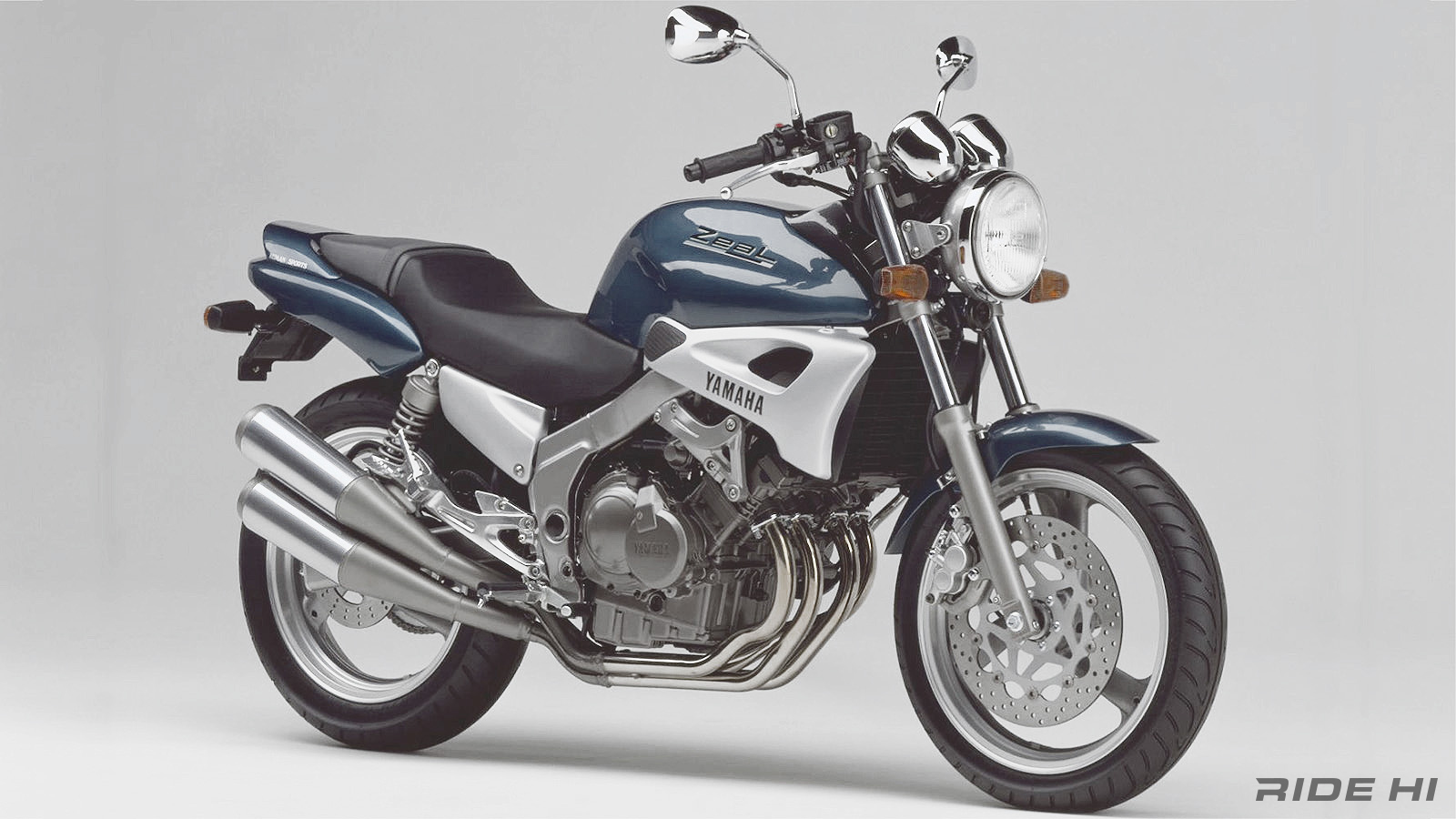
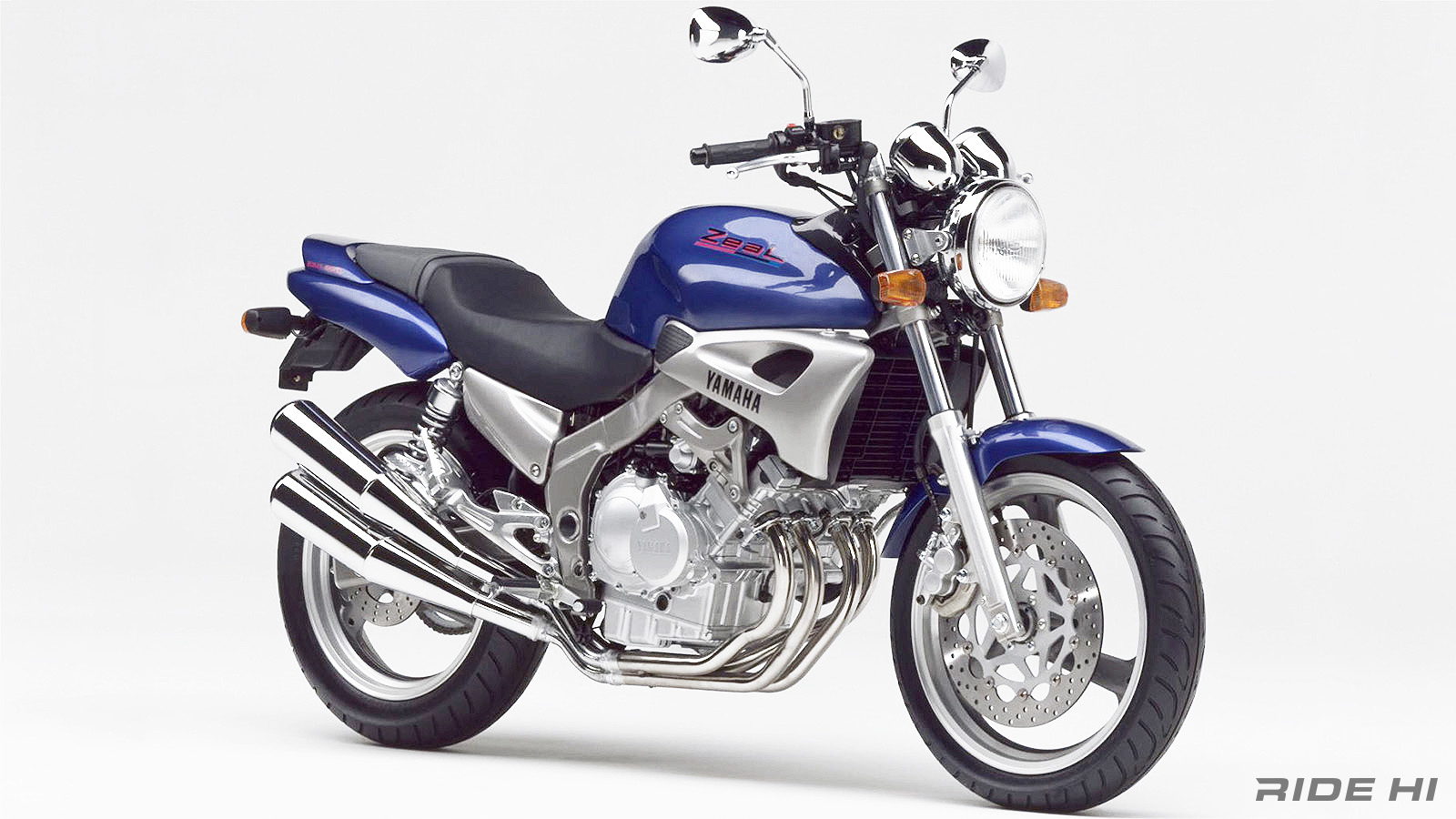
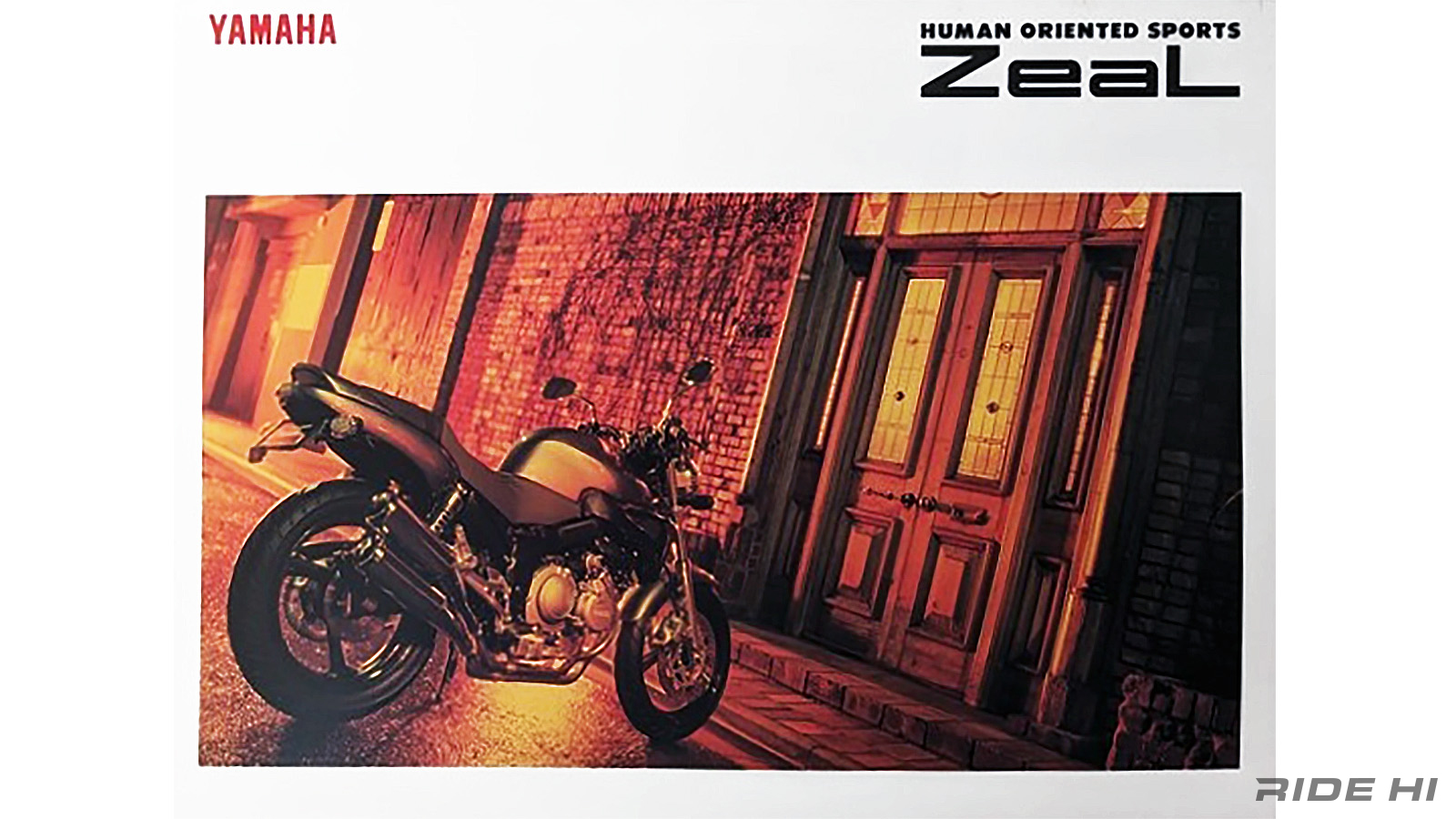
However, the momentum was shifting away from high-revving 4-cylinder engines and toward a more traditional concept with a taste for two-cylinder and single-cylinder engines. In 1995, the Genesis 250cc 4-cylinder engine came to an end after 10 years, but it was firmly etched in history as an engine that responded to evolution without changing its base for 10 years, at a time when the model changes were extremely rapid.
Original Source [ RIDE HI ]
See YAMAHA Moto Index Page
See YAMAHA FZ250 PHAZER Parts & Accessories Page
See YAMAHA FZR250 Parts & Accessories Page
See YAMAHA FZR250R Parts & Accessories Page



